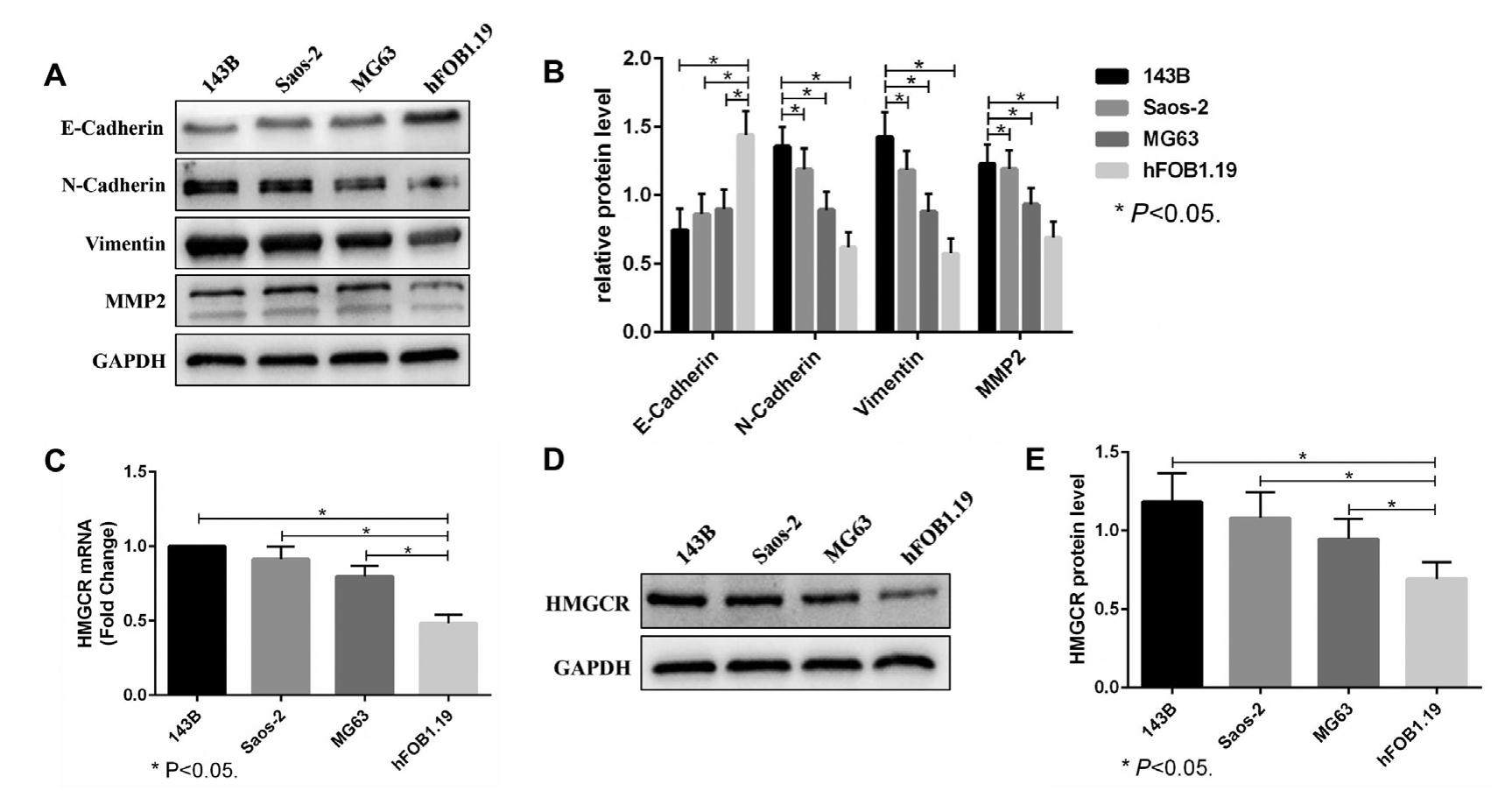
The mevalonate pathway promotes the metastasis of osteosarcoma by regulating YAP1 activity via RhoA


Osteosarcoma is the most common malignant bone tumour, and the metastasis of osteosarcoma is an important cause of death. Evidence has shown that the mevalonate pathway is highly activated and is expected to be a new target for tumour therapy. In this study, we investigated the effect of mevalonate signalling on osteosarcoma metastasis and its molecular mechanism. First, we found that the key rate-limiting enzyme of mevalonate signalling, 3-hydroxy-3-methylglutaryl-CoA reductase (HMGCR), was highly expressed in osteosarcoma cells, and inhibition of HMGCR with simvastatin significantly inhibited the motility of 143B cells. Next, we found that YAP1 activity was significantly upregulated in osteosarcoma cells and that YAP1 knockdown inhibited the motility of 143B cells. We also found that the mevalonate pathway regulated the motility of 143B cells by modulating YAP1 phosphorylation and cellular localization. Moreover, we found that the activity of YAP1 was regulated by the mevalonate pathway by modulating the cell membrane localization of RhoA. Finally, we demonstrated that inhibition of the mevalonate pathway notably reduced the lung metastasis of 143B cells, as reflected by the decreased incidence and number of metastatic nodules and the increased survival time of the nude mice. Taken together, our findings suggest that the mevalonate pathway can promote the metastasis of osteosarcoma by activating YAP1 via RhoA. Inhibition of the mevalonate pathway may be a promising therapeutic strategy for osteosarcoma metastasis.
